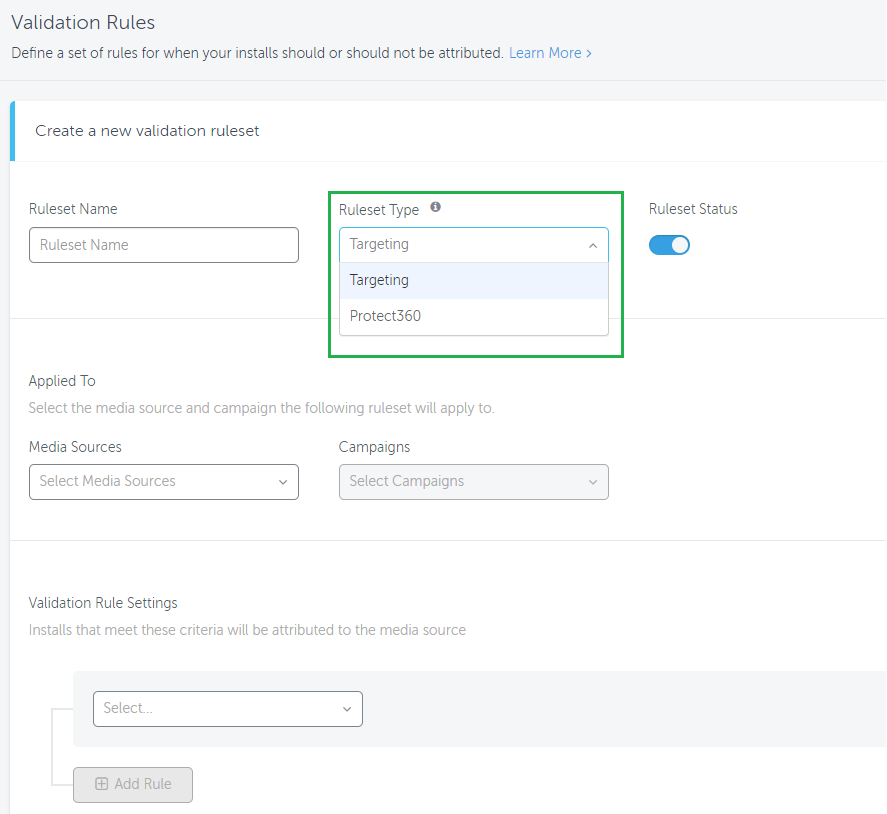
Ad fraud in Vietnam: Challenges and solutions

With a population projected to reach more than 98 million and mobile penetration at 43% in 2020 (Statista, 2019), there is no doubt that Vietnam is among Southeast Asia’s booming markets for mobile.
With higher mobile traffic in the country, several factors such as pressure to drive growth in an increasingly competitive region, lack of dedicated resources available for user acquisition and predominance of local ad networks, have brought Vietnamese app developers across industries to be increasingly subjected to mobile ad fraud.
Mobile businesses’ financial exposure to mobile ad fraud in the country has reached almost $14 million in the first half of 2019 alone – among the highest rates in Southeast Asia.
Which types of fraud are most prevalent in Vietnam? Which verticals are affected the most? And what can you do to prevent ad fraud from contaminating your data and stealing your marketing budget?
This article will seek to answer these questions by including Q1, Q2 2019 data and providing you with some tactics to detect and protect yourself from ad fraud.
This article will seek to answer these questions by including Q1, Q2 2019

Which is the main type of ad fraud in Vietnam?
Bots have consistently ranked 1st among fraud types impacting the mobile market, accounting for more than 50% of total fraud. Bots impact businesses severely, in that they carry out “attacks” in massive scale over a very short time period, contaminating data very quickly.
Device farms, click flooding, and install hijacking follow bots in prevalence.
Given that fraudsters adapt to app protection systems by spotting and leveraging their potential gaps, each type of fraud increases or decreases over time.
Fake installs vs hijacked installs
“I spent $2 on a fraudulent install and I got no user back, I paid for nothing!”
Well you might have paid $2 to the wrong ad network, which unintentionally used a siteID that was fraudulent.”
In the simplest explanation, fraud can be divided into 2 types:
Fake installs:
The entire install process, including the click, is fake, meaning there is no real user behind the device.
Characteristics:
- Clicks, installs, and in-app-events are performed/simulated by fraudsters
- No real user is operating the device
- Unusual in-app behavior
- Fraud scale is limitless – fraudsters can create as many fake devices as they like
Business Impact:
- Waste of UA budget
- Affects all business KPIs – especially conversions and retention
Hijacked installs:
This refers to real users, real installs, but where the click is hijacked.
Characteristics:
- A real user is operating the device
- Click is created by the fraudster to “steal” the attribution credit
- Normal in app-behavior after installation
- Fraud scale is limited
Business Impact:
- Waste of/erroneous UA budget allocation due to wrong UA attribution (waste if organic traffic is hijacked, erroneous if traffic attributed to media sources is misallocated)
- Affects all business KPIs – especially conversions and retention
Install hijacking and click flooding are both types of attribution hijacking.
Which verticals are most affected by ad fraud in Vietnam?
The two industries most badly affected by mobile ad fraud are Business and Finance:
- Business apps provide services to other businesses (e.g. corporate communications, HR-related platforms)
- Finance apps include FinTech and banking apps for consumers
Entertainment, Utilities, and Social Apps appear to be the least affected.
The key reasons behind high fraud rates:
- Business and Finance are still in the early stage of switching from desktop to mobile and focus more on user volume rather than revenue
- Cost of an acquired user in Business/Finance vertical is normally much higher than other apps as users are expected to have higher retention rates and spend more often
Across verticals, bots (fake installs) are the most common fraud type, followed by install hijacking and click flooding (real installs).
Fraud within Vietnam’s Gaming industry
Hardcore Gaming is the sub-category most subject to fraud, with a rate of 17.5%, followed by Social Casino with 5.3%.
In general, the Gaming industry as a whole has one of the lowest fraud rates in the country: only 3.3% fraud on average.
Taking a deeper look, we can see install hijacking is the most common fraud type for Gaming.
Despite the Hardcore sub-category being less subjected to bot attacks, it is still the Gaming sub-category most affected by ad Fraud. Nevertheless, the Gaming industry as a whole has one of the lowest fraud rates in the country.
Unlike other verticals that may involve mobile web, gaming apps are solely app-focused.
Due to the fact that there is small number of users that perform app purchases, gaming app marketers have to create sophisticated in-app-events and look at user level data to define how purchase of whale-users often look like (whale users are people who are willing to pay lots of money).
Also, in comparison with other industries, there are more dedicated ad-networks for Gaming, which are more equipped to counter fraud.
What should you do to prevent ad fraud from affecting your mobile app?
Here are some examples of quick and easy fixes you can rely now and implement to limit fraudulent traffic within your app.
1. Use Raw Data to identify and stop fraud in its tracks
AppsFlyer, with its advanced fraud-protection technology and closed source SDK, has already been protecting every client from certain types of fraud, at no additional cost.
Here is how you can utilize AppsFlyer’s raw data to detect fraudulent patterns:
- CTIT: Check the time between click/impression and install (first launch) time. Does a CTIT of less than 5 secs make sense in your targeted Geo or App size?
- Check if there is country mismatch between install and click
- Check if there is a mismatch between your targeted geo and country in raw data
- Check the volume and time of installs that happened from the same SiteID or IP
- Check if language setting is vastly different from geo recorded
- Check if device type looks abnormal
There are fraud types that can only be detected after installation.
Paying attention to the ratio from new installs to your first crucial in app event(s) will definitely help, e.g. install to new log in completed, install to new registered user.
If you implement AppsFlyer Customer User ID, you can validate if the customer information is the right format (for example: legit phone number or email address)
2. Use AppsFlyer Validation Rules for targeting to protect from Install level
Check out AppsFlyer Validation Rules, which helps you:
- Set rules to ad network(s)
- Set rules to Geo (country & city), Device Type, OS version.


Finally, check out Protect360, AppsFlyer’s fraud protection solution.
Protect360 delivers comprehensive mobile fraud protection for today’s leading marketers. No matter the fraud type, our unique scale, machine learning and behavioral analysis provide unparalleled coverage.
Its features provide automated protection against:
- Bots and SDK spoofing
- Man-in-the-middle attacks
- Rebroadcast postbacks
- Click and install fraud from server-based simulators
- Sub-publishers actively perpetrating fraud
- Click and install fraud from device farms
- Blacklisting devices identified as part of device farms
- Device farms running DeviceID reset fraud




